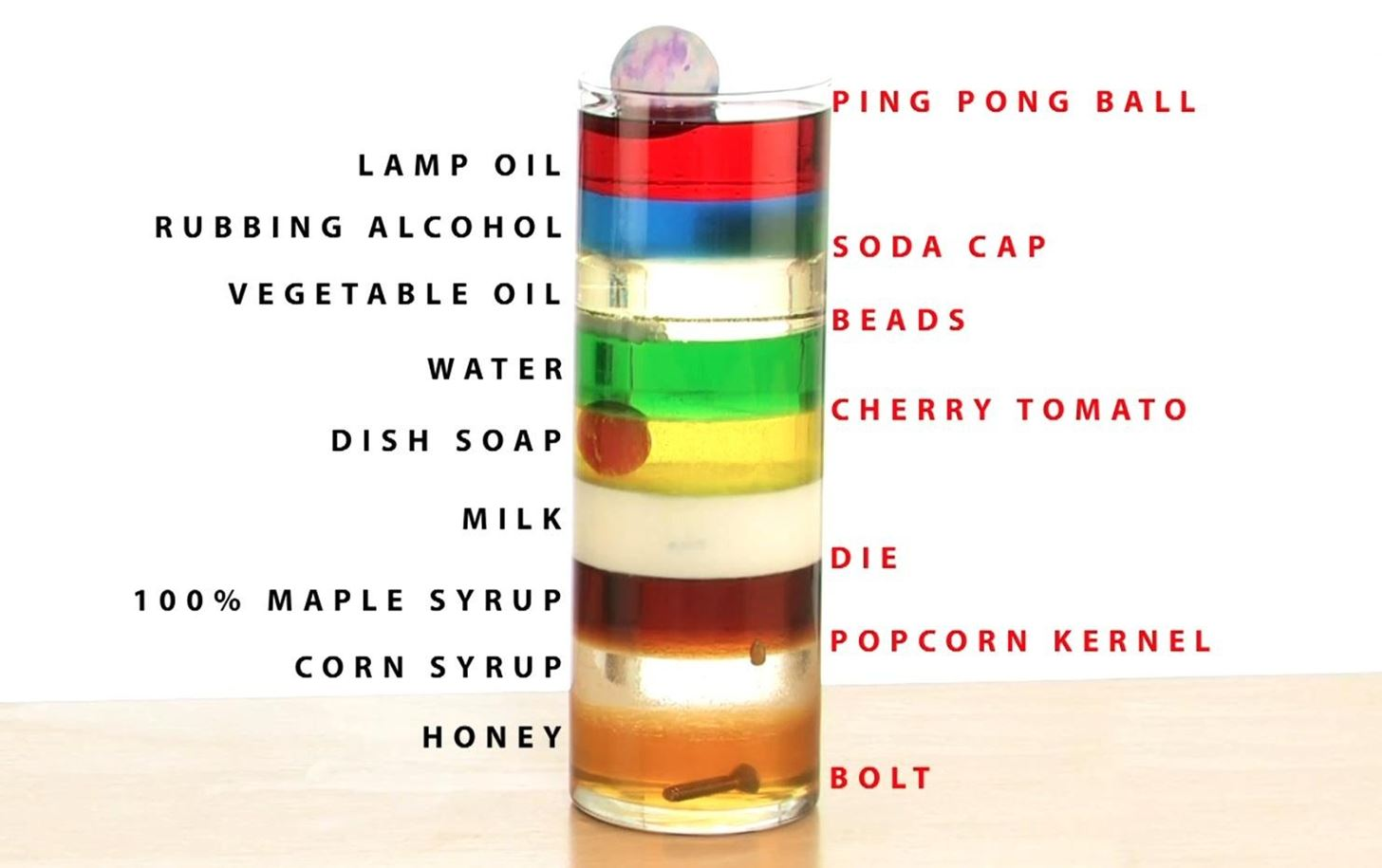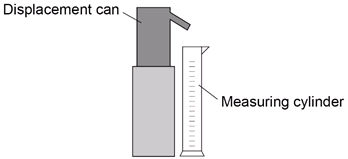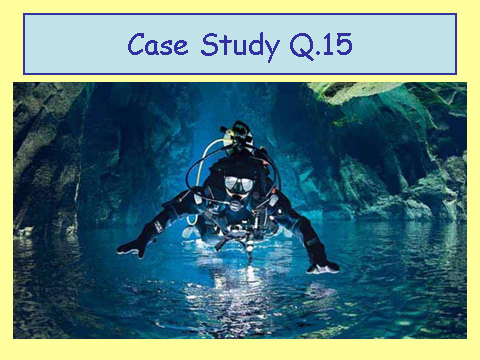Density Investigation
Experimental Set Up
There are two practicals into investigating the density of different objects. These are around regular (1) and irregular shaped (2) objects.
You need to know both methods which are outlined below.
Method
Experiment 1: Regular shaped objects
You are provided with the following:
• 30 cm ruler marked off in mm
• digital balance
• regular shaped objects
Read these instructions carefully before you start work.
- For each object measure the:
• length
• width
• height
- Record your results in a table.
Include columns for:
• volume
• mass
• density
• substance
-
Measure the mass of each object using the digital balance. Record the results.
-
Calculate and record the volumes (length width height).
-
Calculate and record the densities (mass ÷ volume).
Experiment 2: Irregular shaped objects
You are provided with the following:
• digital balance
• displacement can and something to stand it on (eg a brick)
• various measuring cylinders
• beaker of water and an extra empty beaker
• paper towels
• cotton or thin string
• irregularly shaped objects
Read these instructions carefully before you start work.
-
Measure the mass of one of the irregular shaped objects.
-
Record your result in a table.
It will need columns for:
• volume
• density
• mass
• substance
-
Place a displacement can on a brick. Put an empty beaker under the spout and fill the can with water. Water should be dripping from the spout.
-
Wait until the water stops dripping. Then place a measuring cylinder under the spout instead of the beaker.
Choose the measuring cylinder you think will give the most precise reading.
- Tie the object to a piece of cotton. Very carefully lower it into the displacement can so that it is completely submerged.
Collect all of the water that comes out of the spout in the measuring cylinder.
-
Measure and record the volume of the collected water. This volume is equal to the volume of the object.
-
Calculate and record the density of the object.
Try to find out what substance it is made from.
- Repeat steps 1‒7 for some other objects.
Remember to refill the can each time.
The photo below is an example of things floating in different densities. The scuba diver is actually swimming underwater and if they took off their respiration kit, they would drown.
The appearance is due to a layer of freshwater being separated out, by different densities, from saltwater which is underneath!


